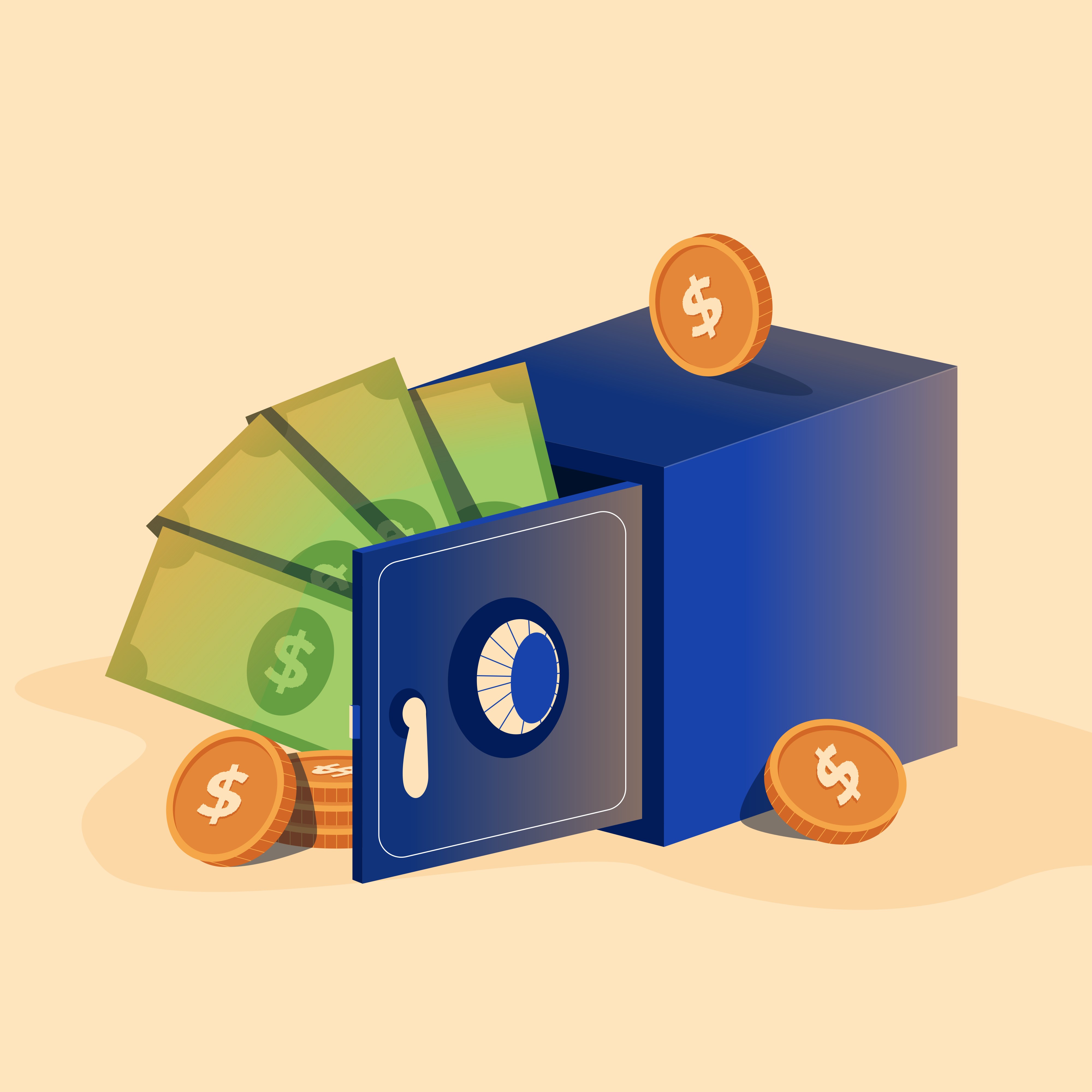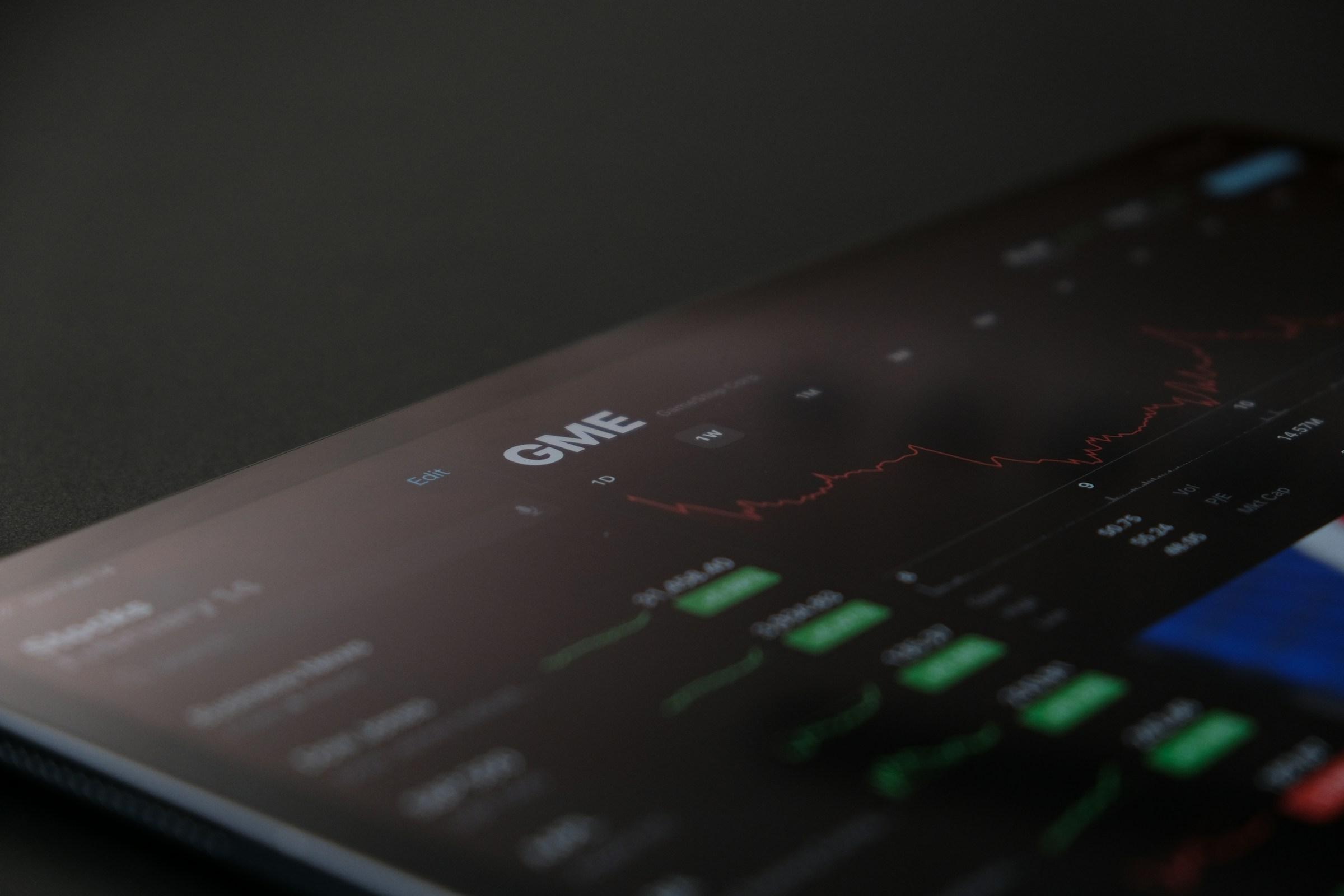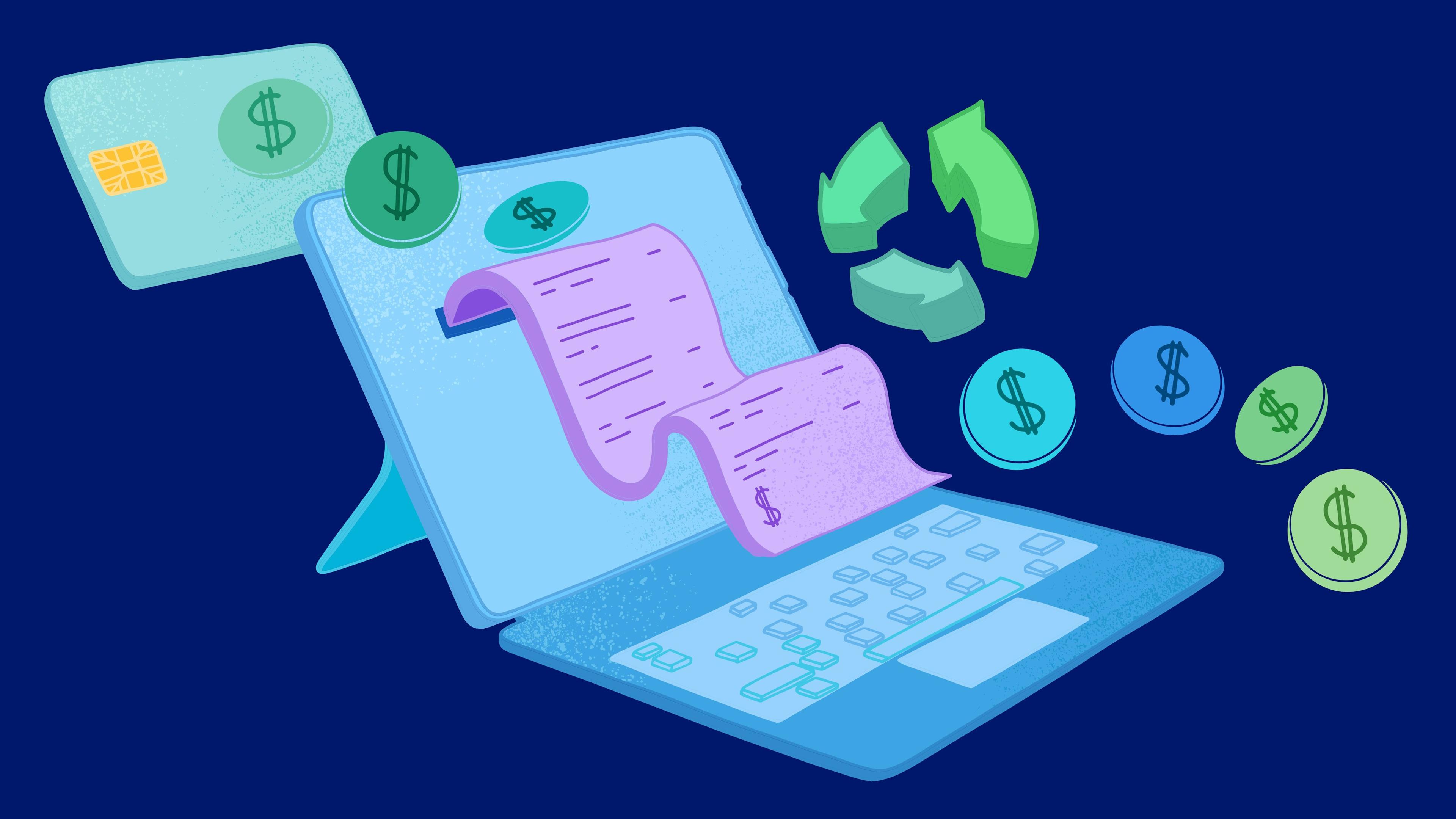In most investing apps today, the fund menu feels endless. There are global equity ETFs, AI themed ETFs, clean energy ETFs, REIT ETFs, bond ETFs and countless niche ideas that all come with convincing charts and sleek tickers. For someone trying to grow wealth steadily, this can feel more overwhelming than empowering. The problem is not a lack of choice. The real challenge is knowing how to use ETFs to build a portfolio that is truly diversified, instead of a random assortment of funds that all move in the same direction. Diversification is not about owning many things at once. It is about combining assets in a way that reduces the risk of any single company, sector, or country hurting your long term plan. ETFs are powerful tools for this because they allow you to buy baskets of securities in a single trade, but they only help if you use them with intention.
At a fundamental level, an ETF is a vehicle that holds multiple securities. When you buy one share of a broad market ETF, you are effectively buying tiny slices of many companies through that one fund. This already spreads your risk compared to buying a single stock. If one company inside the ETF fails, it is painful but manageable because it makes up only a small piece of the basket. When people talk about using ETFs to diversify, they are talking about using a few carefully chosen baskets to spread your exposure across different companies, sectors, regions, and even asset classes. This structure replaces the stress of betting everything on individual stock picks with the calmer experience of riding on the performance of entire markets.
To use ETFs properly, it helps to think of your portfolio like a house. No one starts with decorative items. You begin with foundations, walls and a roof. In investing, the equivalent is a core allocation built from broad market ETFs. These core positions are not selected for excitement. They exist to provide stable, long term exposure to large parts of the global economy. In practice, this might mean holding an ETF that tracks a major US index, another that covers global markets, or perhaps a combination of home market stocks and international equities. The key idea is that one or two funds should give you access to hundreds or thousands of companies, rather than scattering your money across isolated ideas.
Core ETFs tend to be large, liquid, and relatively cheap in terms of fees. Their names are often plain and they rarely appear in social media hype cycles, yet over long periods they often contribute the bulk of an investor’s returns. They rise as economies grow, as productivity increases, and as companies innovate across many sectors. If you are just starting out, it is perfectly reasonable to let these core ETFs make up almost your entire portfolio. Setting up an automatic monthly contribution into one or two broad funds is one of the simplest ways to kick start a disciplined investing habit.
However, owning only equity ETFs means you are still fully tied to the ups and downs of stock markets. Stock prices can rise quickly, but they can also fall sharply, and not everyone has the emotional tolerance for large swings in value. This is where diversifying by asset class becomes important. Bonds, for instance, tend to be more stable than stocks and can provide a stream of interest income. A bond ETF or a money market ETF can serve as a stabilizer in your portfolio. Although these funds are unlikely to deliver explosive growth, they can help soften the impact when equity markets go through rough patches.
One common approach is to decide on a rough percentage split between stocks and bonds based on your age, income stability, and comfort with volatility. A younger investor with a long time horizon and steady income might accept a higher proportion in stock ETFs, while someone closer to a financial goal or more sensitive to losses might prefer a larger portion in bonds or cash like ETFs. Even a modest allocation to bonds can make your overall portfolio feel less like a roller coaster, and that increased comfort can make it easier to stay invested through periods of turbulence.
Beyond asset classes, real diversification also involves thinking about geography. If your entire portfolio is tracking one country, you are effectively making a concentrated bet that this single economy will continue to outperform the rest of the world indefinitely. That may or may not happen, but relying solely on one region exposes you to its political risks, economic cycles, and currency fluctuations. Regional diversification addresses this by adding ETFs that invest globally. A global equity ETF can spread your money across companies in North America, Europe, Asia, and emerging markets all at once. Another approach is to pair a home market ETF with a global ex home ETF to ensure you are not overexposed to your domestic economy.
This kind of geographic spread means that if one region goes through a decade of slow growth or market stagnation, your entire future is not tied to that outcome. Other regions may perform better and help carry your overall returns. It is not about predicting which country will win, but about creating a structure where no single national story can make or break your financial future.
Once a strong core is in place across asset classes and regions, you can begin to think about adding more focused positions, often called satellites. Satellite ETFs are smaller allocations that sit around your core. They are where you express specific views or preferences about sectors, styles, or themes. These might include technology sector funds, healthcare, clean energy, dividend focused strategies, small cap stocks, or even specific trends such as cybersecurity or automation. Because they are more concentrated, they can outperform the broader market in certain periods and underperform in others.
The important thing is to keep satellites in proportion. For many investors, satellites should remain a minority share of the portfolio rather than dominating it. A common guideline is to keep them to perhaps twenty or thirty percent of total holdings, leaving the majority anchored in broad, diversified funds. This way, if a particular theme falls out of favour or goes through several weak years, it will not derail your entire plan. You still benefit from the potential upside of your chosen themes without letting them overwhelm the steady compounding power of your core.
There is a subtle trap that many younger investors fall into. They fill their portfolio with a long list of ETFs and assume that the sheer number of positions means they are diversified. In reality, many of these funds may hold the same large companies at their top. This overlap is especially common among broad equity ETFs focused on similar markets. The result is a portfolio that looks diversified in the app but behaves like a single concentrated bet on a small cluster of popular stocks. To avoid this, it is worth checking the top holdings of each ETF you own. If you keep seeing the same names, your diversification is more limited than you think. Often, holding fewer funds that genuinely differ in focus is better than juggling many that all hug the same benchmark.
When choosing ETFs, fees and liquidity also matter. Even in the world of passive funds, the difference between a low fee and a higher fee product can add up over time. Two funds may track similar indexes while charging very different expense ratios. Over a decade or more, that small percentage gap compounds into a noticeable difference in your final outcome. On top of that, your investing platform may charge commissions or have wide spreads on certain trades. If you plan to invest small amounts frequently, these costs become part of your regular routine, so it pays to use a platform and funds where fees are not eating into every contribution.
Liquidity affects how easy it is to buy and sell at a fair price. Large, established ETFs usually trade actively and have narrower spreads, while very small or exotic funds can be thinly traded. Since your goal in building a diversified ETF portfolio is long term stability rather than speculation in obscure corners of the market, you generally do not need the most niche products. Boring, liquid, and affordable funds are more than enough for most goals. If your app offers automatic investing, you can set up regular purchases into your chosen mix, which reduces the temptation to time the market based on headlines or mood.
Another key aspect of using ETFs effectively is rebalancing. Even if you define a perfect allocation today, markets will move and disrupt it. If stocks perform strongly while bonds move less, your original seventy thirty split could slowly shift to something like eighty five fifteen without you taking any action. Rebalancing is the simple practice of adjusting your portfolio back toward your intended proportions. You might do this once or twice a year, either by directing new money into underrepresented areas or by trimming a portion of what has grown too large and reinvesting it into other parts of your plan. The effect is subtle but powerful. It encourages you to systematically sell a little of what has become relatively expensive and buy what has become relatively cheap, all while keeping your risk level aligned with your original decision.
A common misconception is that meaningful diversification is only possible for investors with large accounts. In reality, ETFs combined with fractional investing and low minimums have made it easier to build a structured portfolio even with modest sums. With small amounts, you can still divide your contributions between a global equity ETF and a bond ETF, for example, and then gradually add a regional or sector fund as your account grows. The structure remains the same; it simply scales as you continue to invest. The main thing to avoid is slicing every contribution into so many tiny pieces that nothing becomes meaningful. It is better to build up a few core positions and a small number of satellites with real weight than to spread yourself across twenty funds with negligible allocations.
Even with all these tools, there are recurring mistakes that undermine diversification. One of them is using ETFs as short term lottery tickets. Chasing the newest thematic product, holding it only for a few months, then jumping to the next flavor does not create a balanced portfolio. It merely adds churn and costs. Another mistake is forgetting about time horizon. An ETF that tracks a broad equity market can still fall sharply in the short term. If you know you will need the money soon for a major expense, putting it into high risk assets is dangerous, no matter how diversified the fund appears. There is also the risk of clustering around one favorite theme, such as technology, by buying multiple different tech ETFs that end up holding almost identical companies. This again creates the illusion of variety without real diversification.
In the end, learning how to diversify your portfolio using ETFs is not about mastering every product on the market. It is about building a simple, repeatable structure that fits your risk tolerance and timeline. A sensible approach might involve one or two broad market equity ETFs as your main engine of growth, one bond or money market ETF as a stabilizer, and a small selection of satellite funds that reflect your personal views on sectors or themes. Once you set this up, the work is more about discipline than constant innovation. You contribute regularly, rebalance occasionally, and accept that markets will move through cycles that you cannot control. The benefit of this structure is that your wealth is not tied to a single company, sector, or country, and you avoid the emotional whiplash that comes from chasing every trend.
The real goal is not to boast about owning the most complex combination of funds. It is to quietly build a portfolio that can absorb shocks, recover from downturns, and grow over time while you focus on living your life. ETFs, used thoughtfully, are some of the most practical tools available for this purpose. They allow ordinary investors to access diversified exposure that once required far more money and effort. With a clear plan and a few well chosen funds, you can let diversification do the heavy lifting in the background and give yourself a better chance of reaching your long term financial goals.













